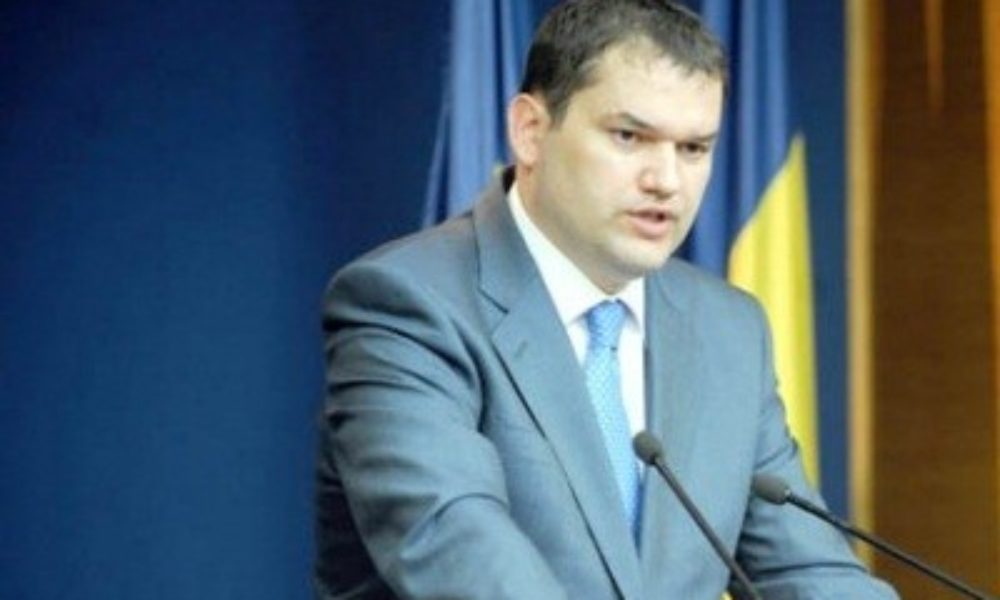Opinion | The Lesson of Holwerd: Trust on dreamers and pioneers
/s3/static.nrc.nl/images/gn4/stripped/data93392390-9b97c1.jpg|https://images.nrc.nl/HH-FUEoJrb6rmXDPwX3IK8O5mMk=/1920x/filters:no_upscale()/s3/static.nrc.nl/images/gn4/stripped/data93392390-9b97c1.jpg|https://images.nrc.nl/8cZNJgGy1LFAh-xjXN9rEyAjh3Y=/5760x/filters:no_upscale()/s3/static.nrc.nl/images/gn4/stripped/data93392390-9b97c1.jpg)
People who know me know that I am not talking about Holwerd aan Zee. The village of Holwerd, in the extreme northeast of Friesland, once lay on the Wadden Sea, but due to a centuries of the reclamation, land reclamation and dyke reinforcement a large distance has been created between the village and the sea: there is now a wide strip of agricultural land between the church and the water.
The three kilometers, the five minutes by car, the ten minutes by bike, the three -quarters on foot, are much more than a physical distance. They mainly form a hard break between past and future, between progress and stagnation, between prosperity and decay. Holwerd lost his relationship with the water, there was an end to fishing and trade by sea.
Although the fertile agricultural land yielded a lot, the village gradually ended up in a downward spiral, which accelerated in recent decades. Due to the overall migration to the city, a changing economy, globalization, scaling up and other factors, a lot of employment has disappeared, young people mainly pull away, the number of inhabitants, stores and other facilities are closed and buildings are empty. Moreover, farmers struggle with salinization, which means that the crops they are used to grow less well.
Radical plan
To turn the tide, four prominent residents (supermarket entrepreneur Marco Verbeek, farmer Hessel Hiddema, civil servant Jan Zijlstra and chairman of the Dorpsbelang Theo Broersma) came up in collaboration with landscape architect Harro de Jong, a radical plan for the future of Holwerd: by making a hole in the Waddendijk again, the salty seawater can be streamed.
Along the way, it delivers fertile sludge on the agricultural land and between the village and the sea, a landscape is created in which sweet and salty merge fluently. New nature is created along the water, with unique ecosystems that are a draw for sustainable forms of tourism and recreation. Farmers can make a change to other crops, which come into their own on the fertile, salty soil. At the same time, they take care of the management of the new nature around the water.
The village itself will be on the water again and is the beating heart of an area that has embraced the changes, uncertainties and issues of time as a foundation for a flourishing future.
Although the plan for Holwerd aan Zee has been on the table for twelve years, is praised and admired from all sides and there was often a definitive agreement within reach, it only exists on paper for the time being. Every time it seems to happen, there is a body, organization or stakeholder who stands in the sand with the heels. Sometimes it is LTO, another time the ministry and then again the province.
One of the biggest obstacles to overcome is distrust among civil servants and administrators in relation to the knowledge and expertise of ‘ordinary people’, said Marco Verbeek, one of the initiators, when I visited him two years ago.
Surely it cannot be that four farmers from Holwerd, a few village entrepreneurs and a guy from Friesland just make such a big plan? While in the village, with the people who live and work there every day, who are growing with the land, knowledge and expertise is present that nobody else has. « Those involved know what is going on, they have delved into the subject for years and they have support within the community, » says Verbeek.
To realize Holwerd aan Zee, two breakthroughs are needed, initiator Marco Verbeek said during my visit: a physical and a mental. The first is not that difficult, he said. The second turns out to be the biggest obstacle.
The story of Holwerd aan Zee does not stand in itself. It is the story of the dreamers, designers and pioneers who see how we can adjust the country in such a way that it is ready for the future and of the people who (yet) do not dare to believe that another reality is possible. There is nothing that this collision illustrates better than breaking a dike, the essence of our existence as a country, a certainty that cannot be encouraged in our collective consciousness.
Let us lead ourselves by doom scenarios or seduced by hopeful images of the future?
Who gives us the guarantee that it will work out well and the water will not swallow us? How do we know for sure that we can trust the studies, calculations and design sketches? Is it wise in this uncertain time to rely on people with great imagination, or can we better stick to proven concepts and processes that we know well?
Old security
This collision is also one of the most complicated issues of our time. Uncertainty frightens and those who are anxious prefers to cling to old certainties. While this time requires innovation, progress, experiment and adventure. We need pioneers, thinkers and administrators who have the imagination, the knowledge and courage to explore the unknown and paved the road step by step.
What this combination can lead to, I saw the charming medieval city on the Lek in Culemborg. Within walking distance of the old center, where a corn field was forty years ago, is now one of the most special residential areas in the country, Eva Lanxmeer.
Due to a unique collaboration between the determined pioneer and freethinker Marleen Kaptein, the municipality of Culemborg, the province of Gelderland, the water company and the energy company, a completely sustainable neighborhood arose here that has been embedded in the original landscape and where nature has flourished. Instead of private gardens, there are shared gardens full of picnic tables and provisional playground equipment, winding paths and an apple orchard. There is an energy cooperative, a collective managed heat network, and there is a city farm on the other side of the road.
As a person with dreams and ambitions you often run into dense doors or hit concrete walls against concrete walls, but in the case of Eva Lanxmeer, according to Kaptein, « everything came out of heaven, » she said, when I spoke to her last year shortly after her 80th birthday. « Culemborg has totally open to the possibilities. »
The plan that she had been working and for years, in which people and nature, the physical and social environment in which we live, the landscape and the buildings merge smoothly, would never have been executed as that one official, that one alderman, that one driver of the water company had not dared to do it differently.
Doom scenarios
Are we afraid of the future or do we embrace the possibilities that the current urgency offers? Let us lead ourselves through doom scenarios and despair or do we dare to be seduced by hopeful, optimistic visions of the future? Not out of naivety but from realism and necessity.
In 2018, the College of Government Advisors, led by Government Architect Floris Alkemade, published the Panorama Nederland. It is an inspiring story in word and image that shows where the combination of knowledge, ambition and imagination can bring us. Landscapes can become more beautiful, residential areas greener, lively and cozier, rural regions more vital and ecologically richer, the economy resilient and society more connected.
The successful Eva Lanxmeer and the still uncertain Holwerd aan Zee are only two examples of that approach. On desks, in drawers, on laptops and in mind, endlessly similar plans are ready to be implemented everywhere in the country. To make these plans become reality, collective courage is needed and a shared trust that we as a society are able to shape the future of the Netherlands in our own way.
Read also
Endless in fight with mud to keep the navigation channel to Ameland open

:format(webp)/s3/static.nrc.nl/wp-content/uploads/2025/04/18160039/data131001329-a6da77.jpg)
/s3/static.nrc.nl/images/gn4/data132693888-383c68.jpg)
/s3/static.nrc.nl/images/gn4/data132793177-d1910c.jpg)
/s3/static.nrc.nl/images/gn4/stripped/data132655613-6500d3.jpg)


